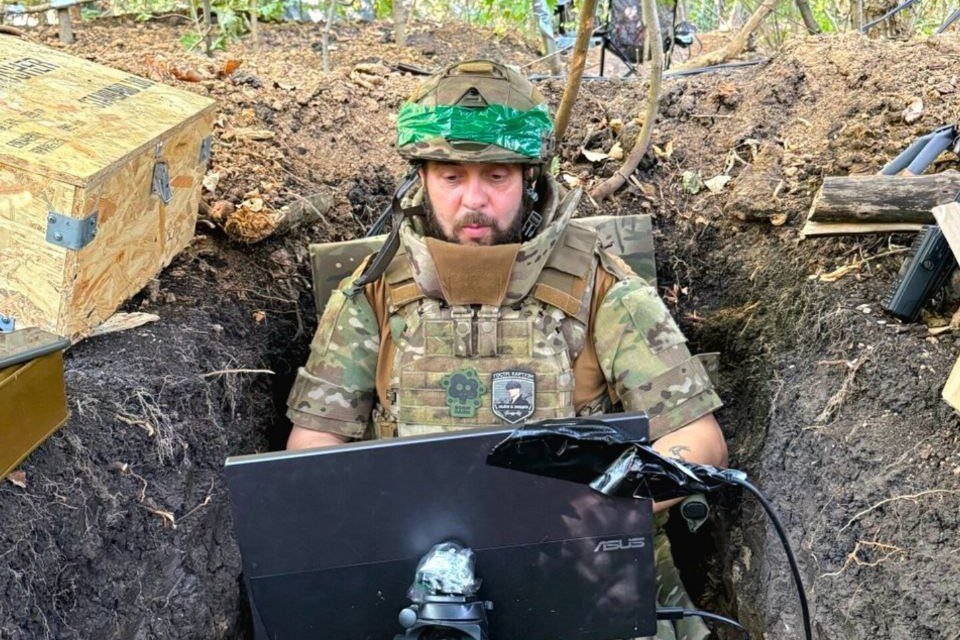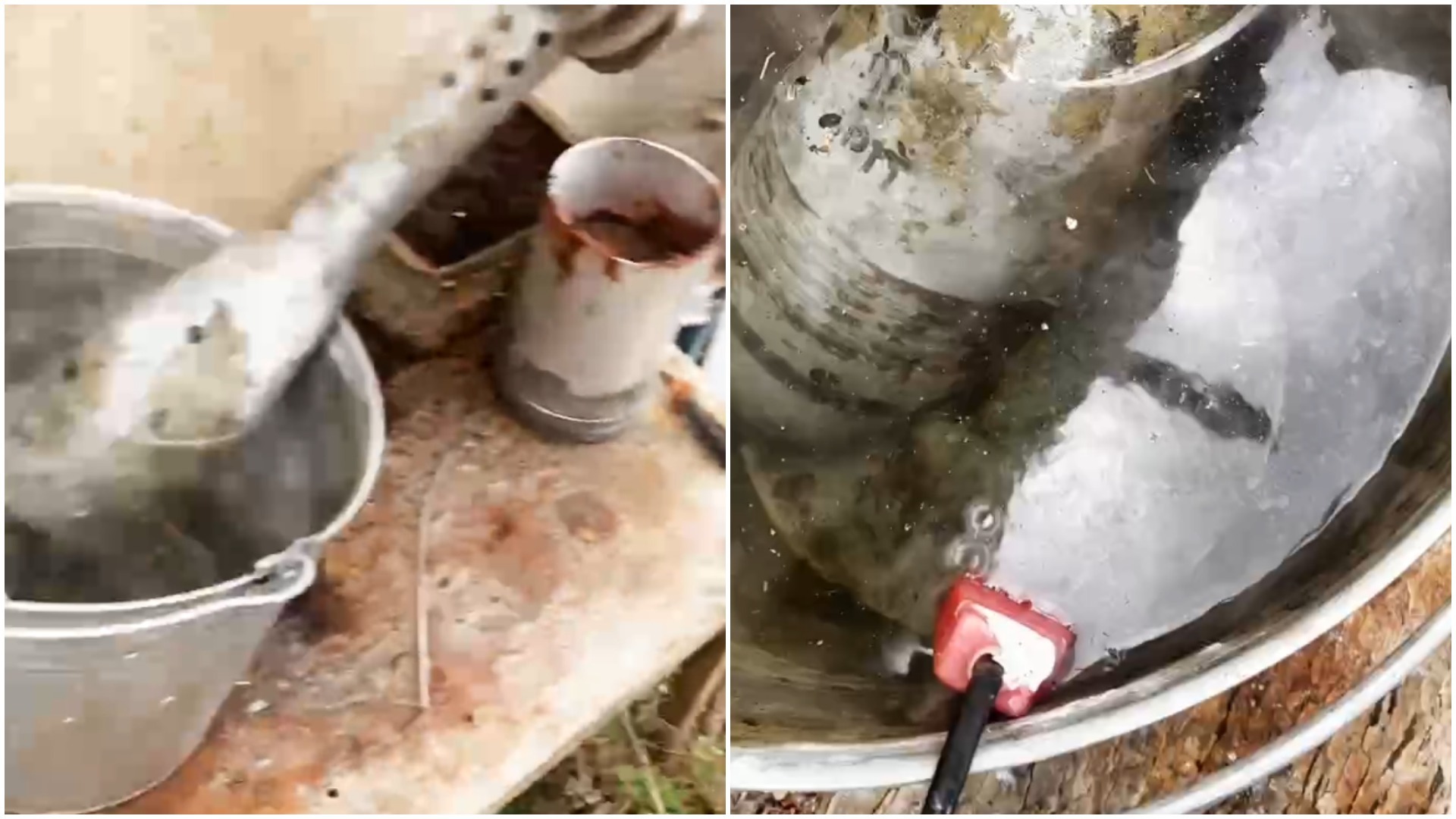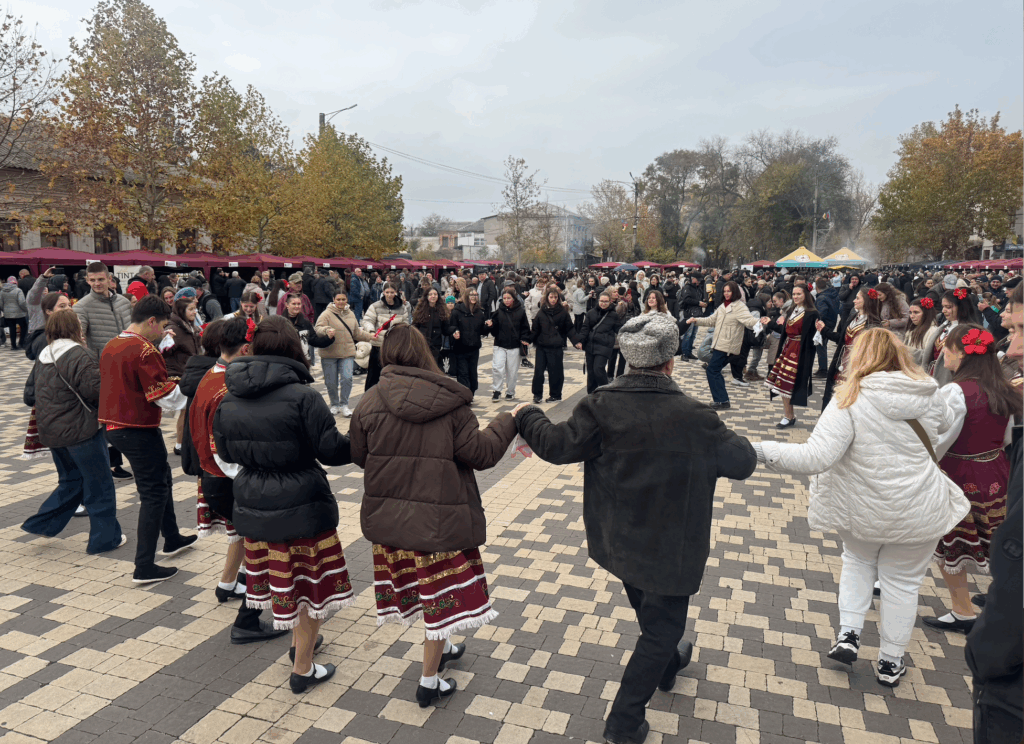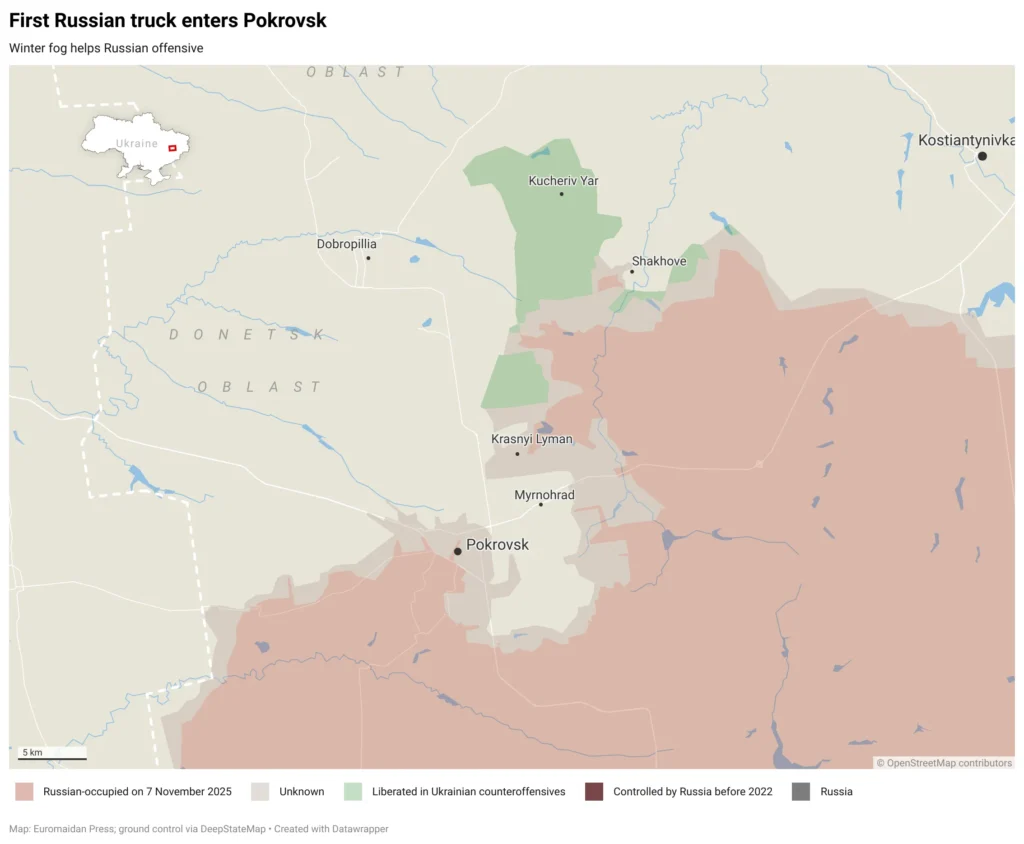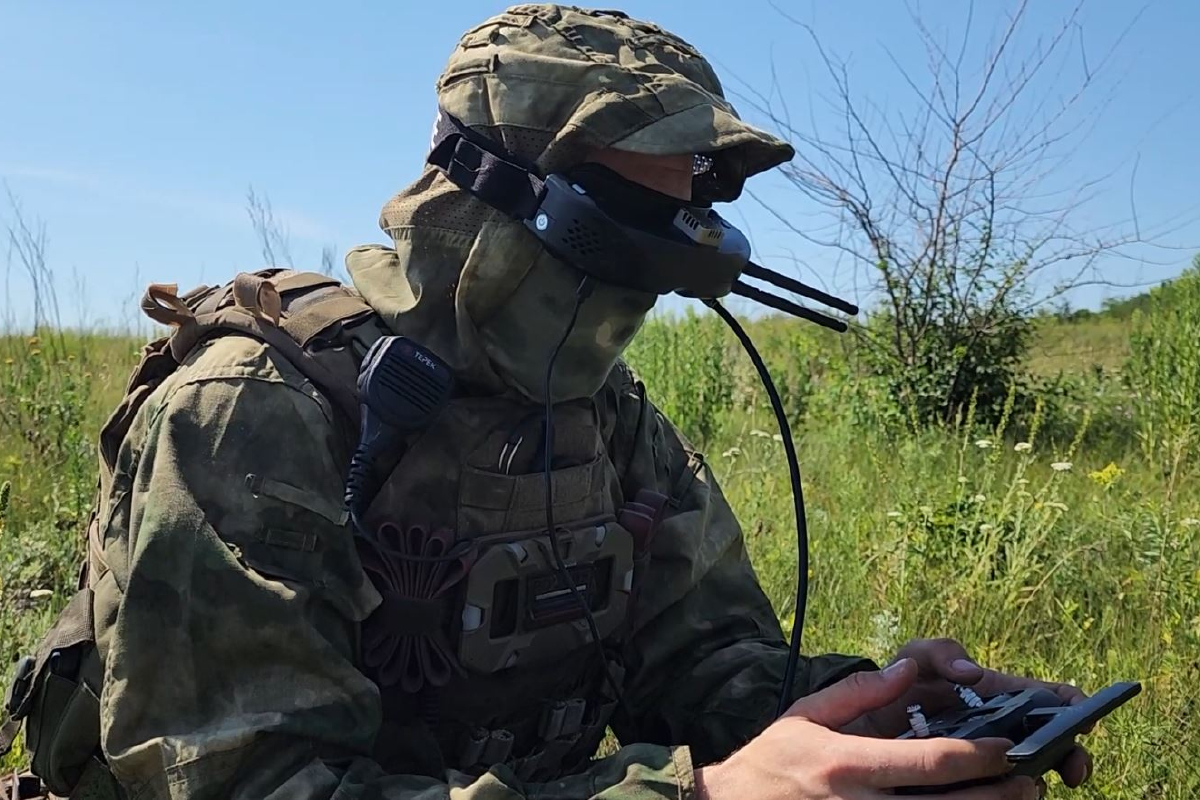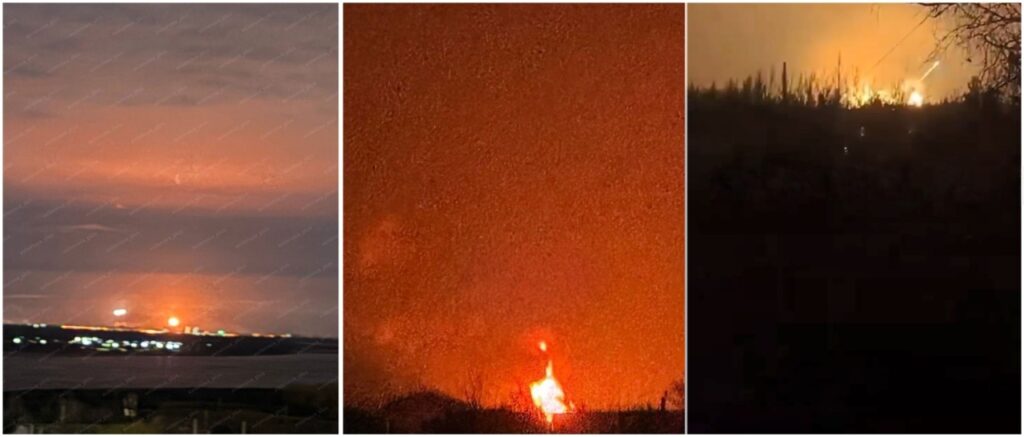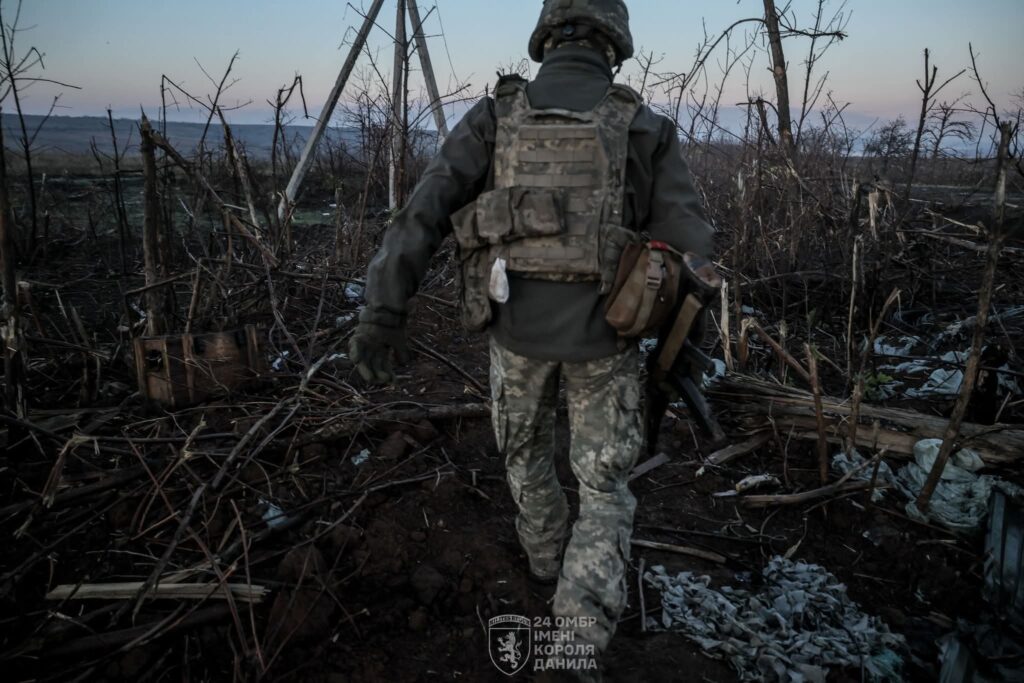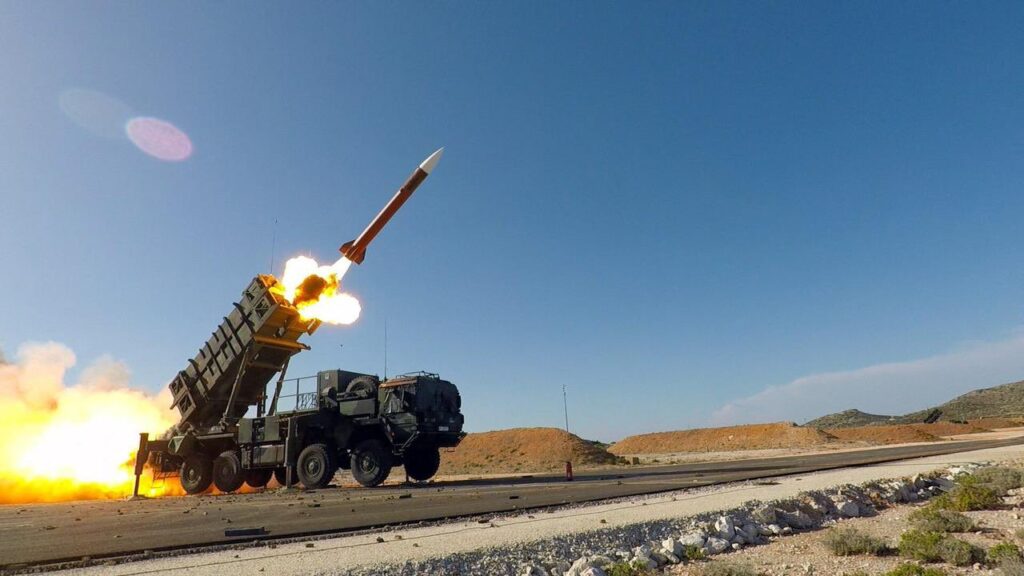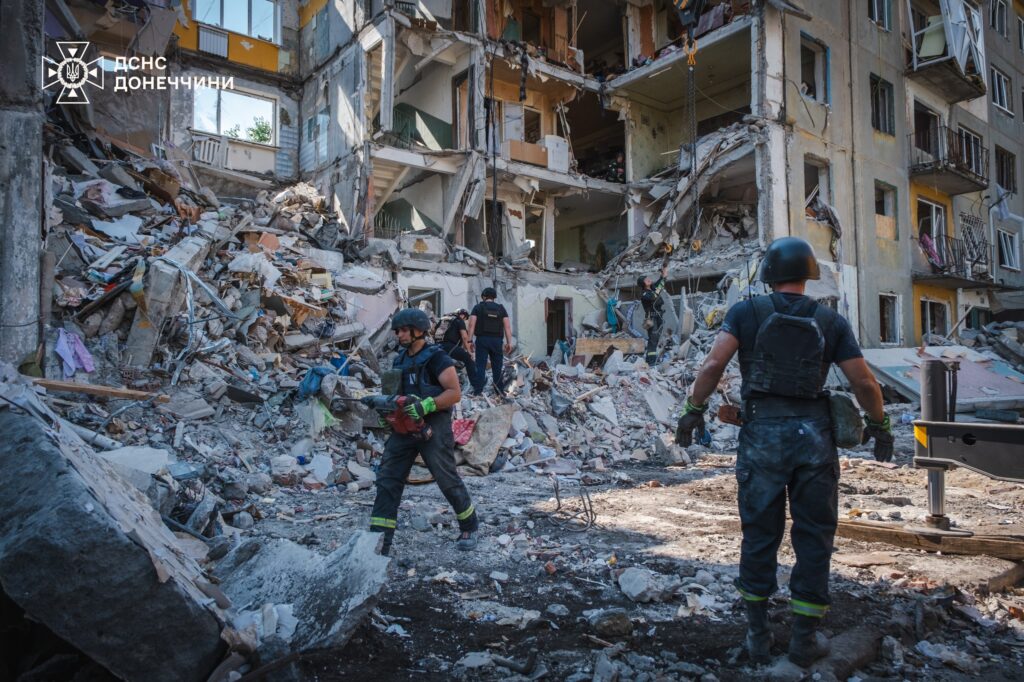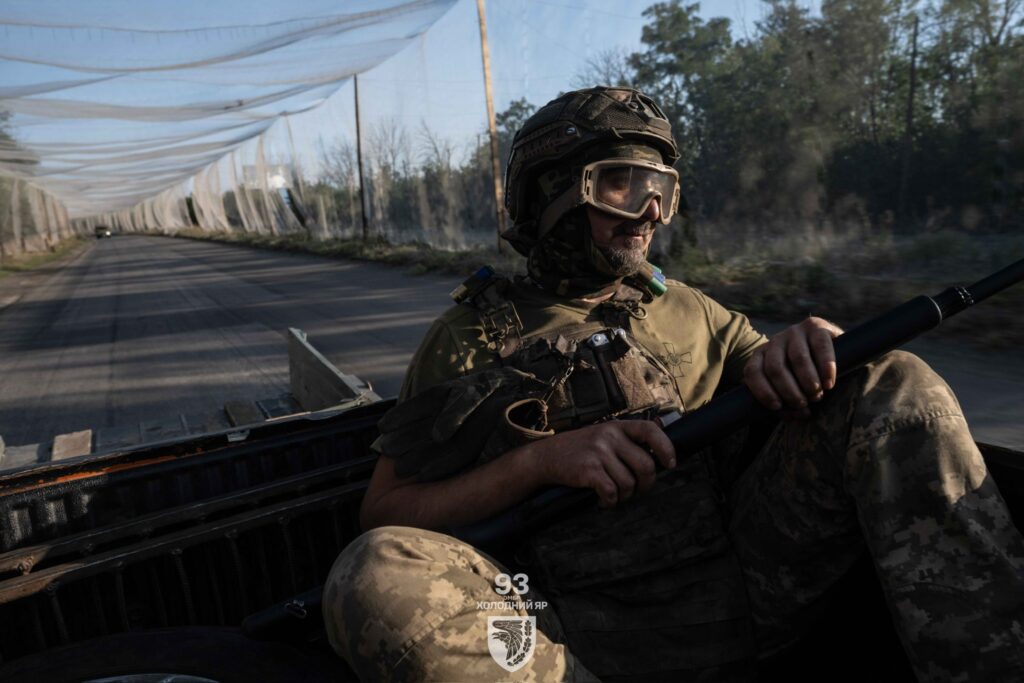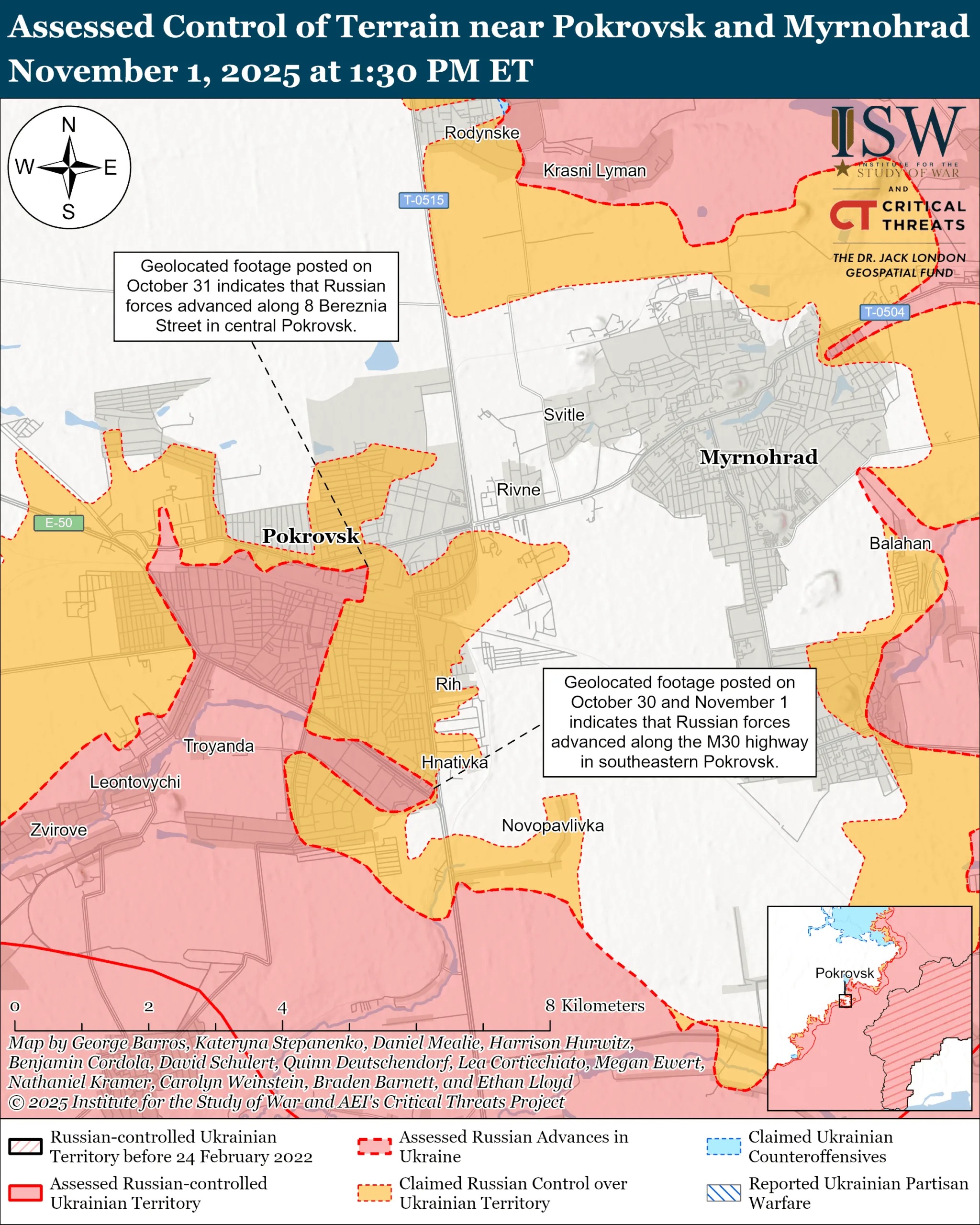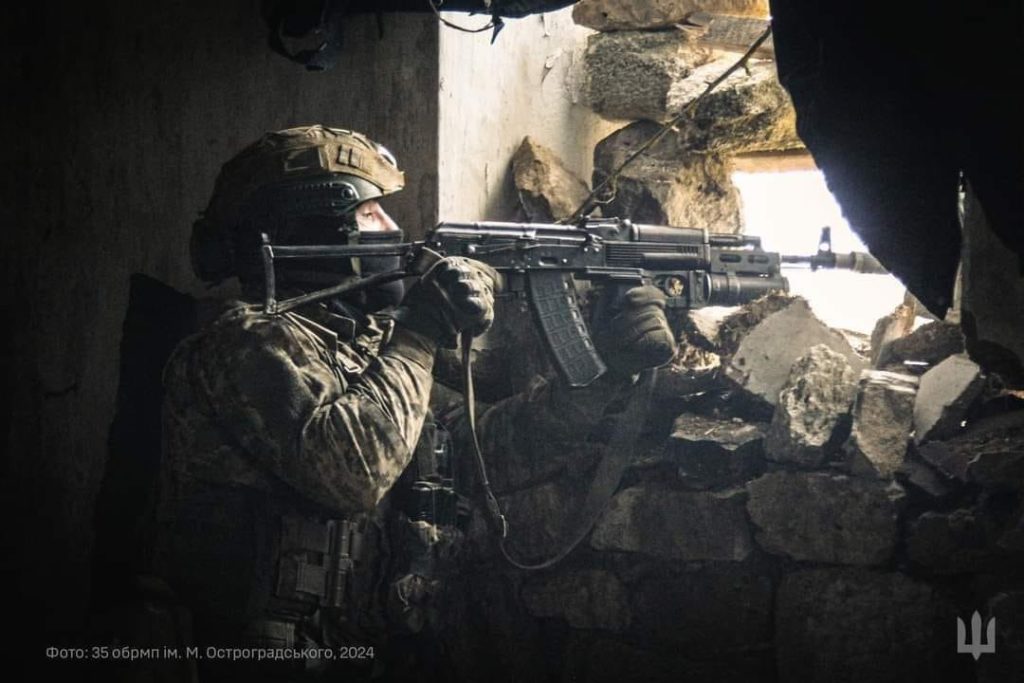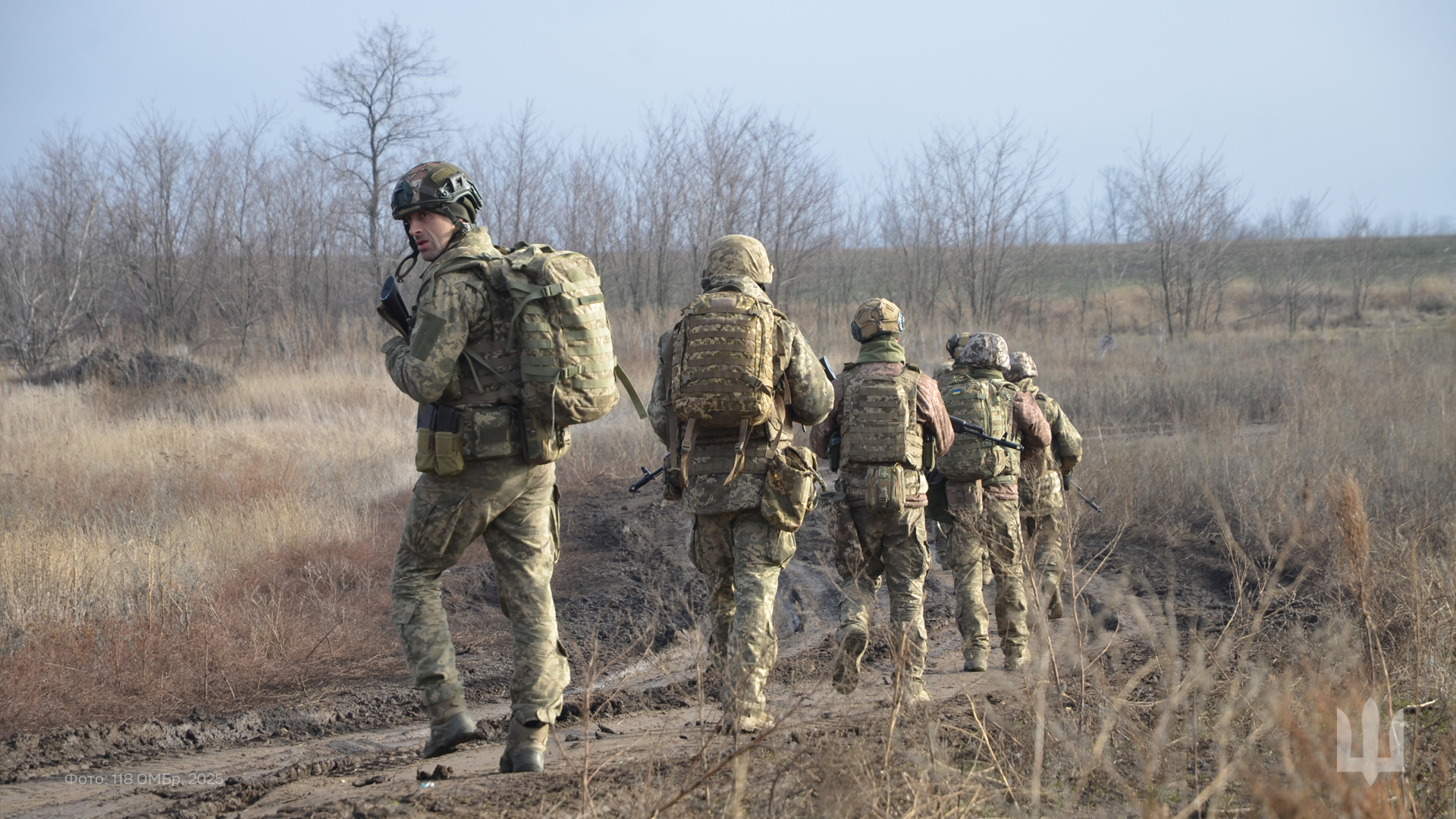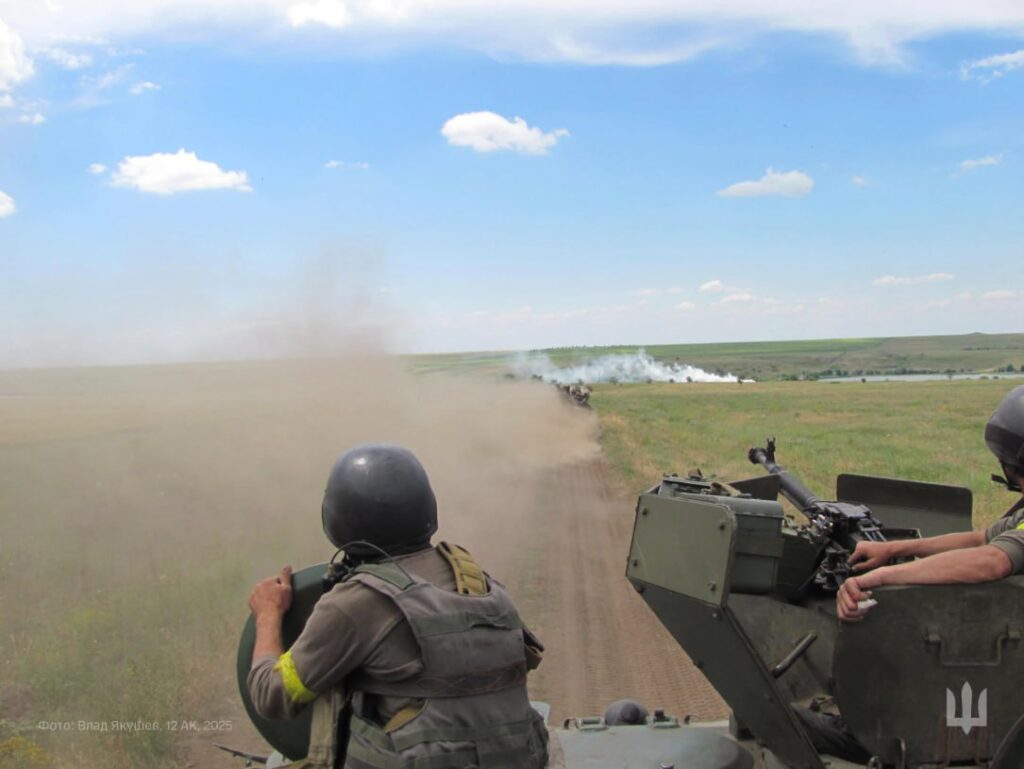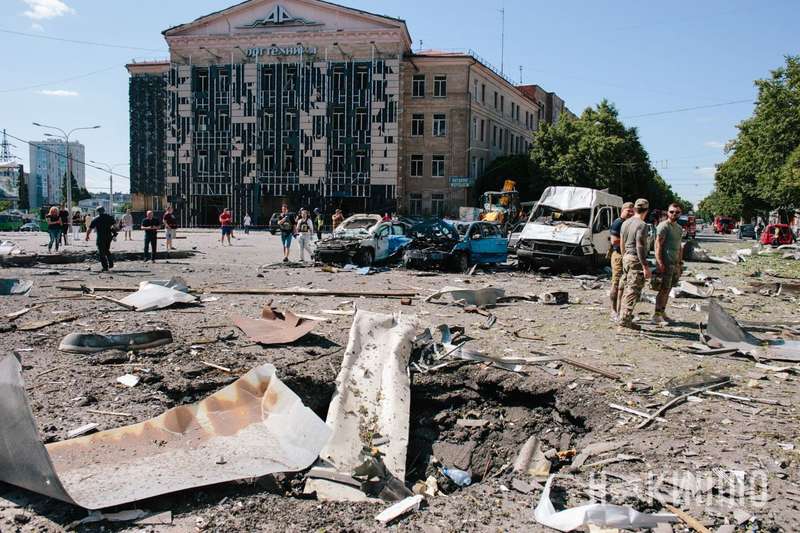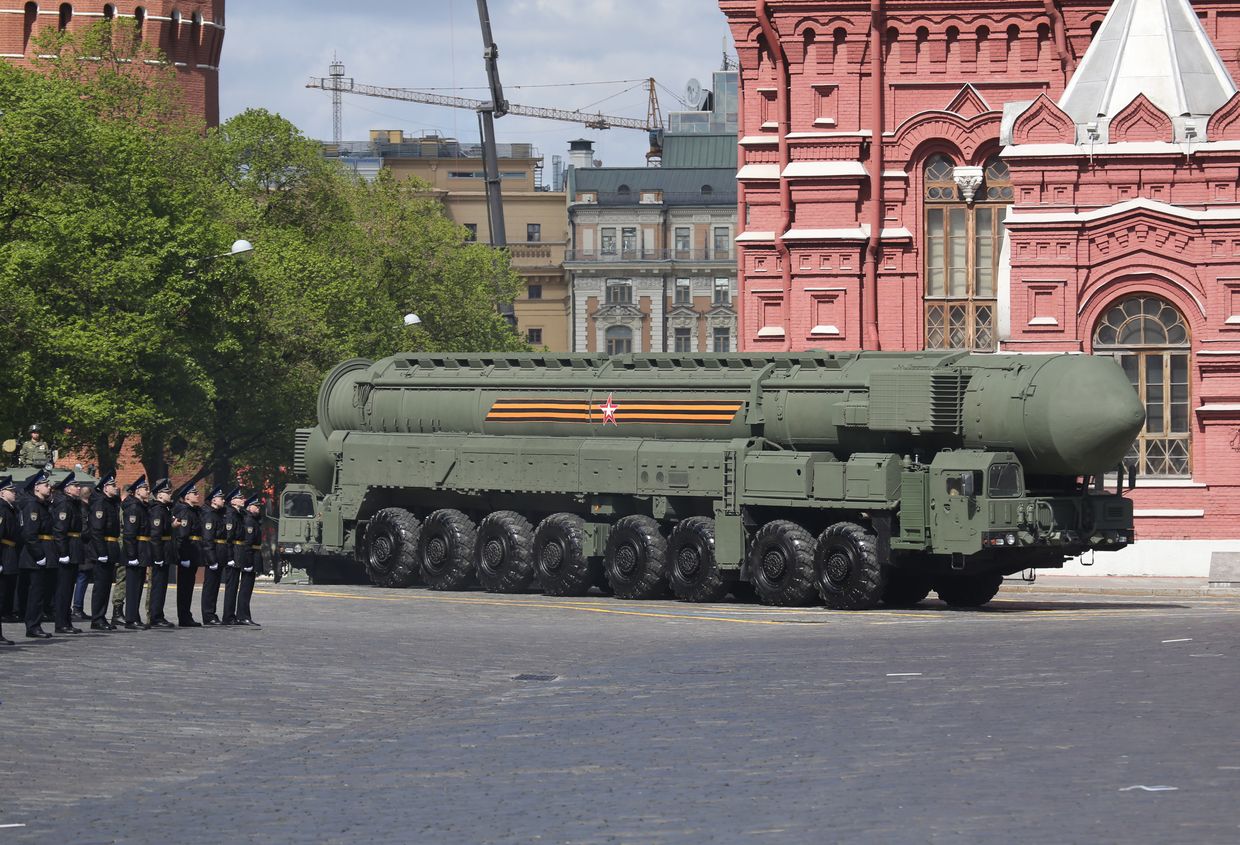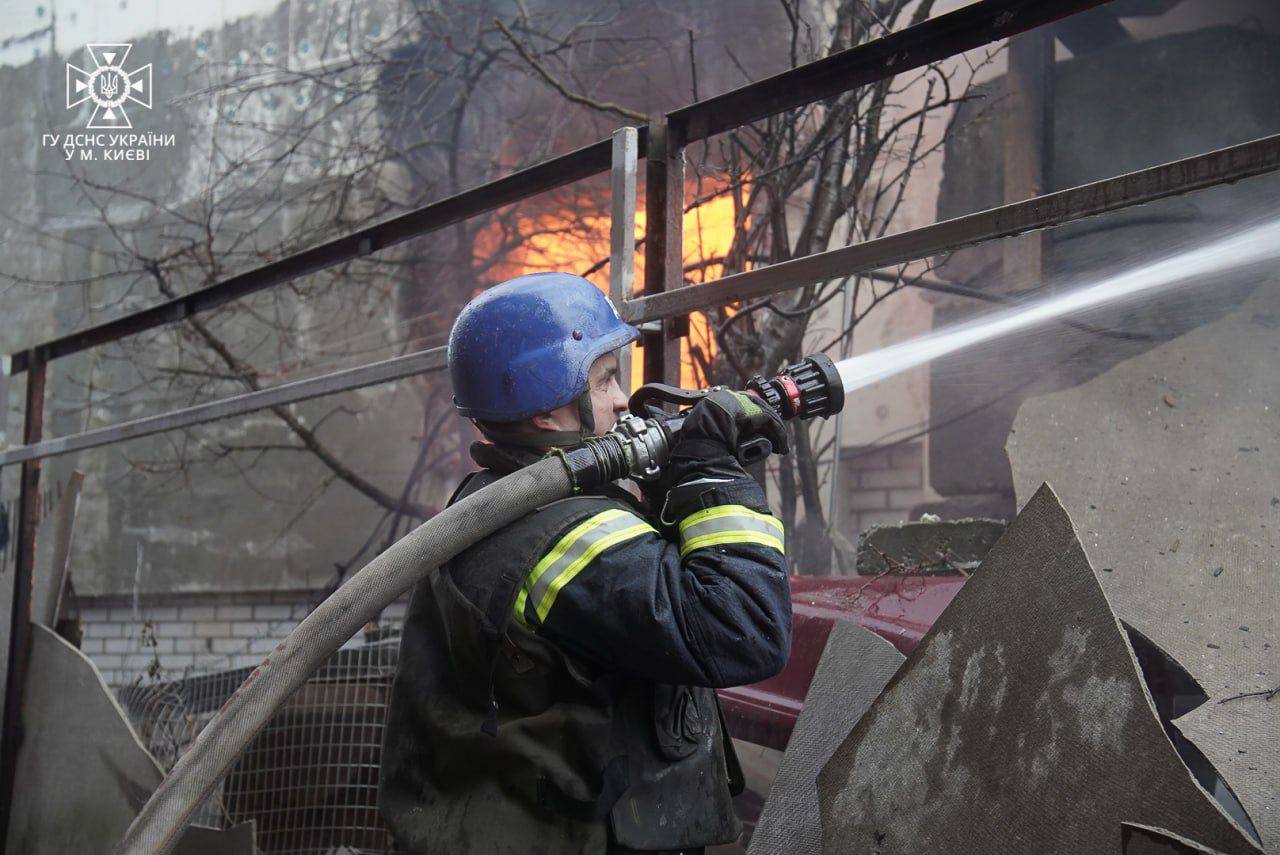[en]
I’m writing this blog post thanks to Jeffrey. Because I kind of said I’d be able to blog today, and it’s just a bit past 8.30pm, the dishes are done, the cat has had his meds and insulin (so have I – the meds, not the insulin), even the clean laundry is in the cupboard. So instead of clumsily playing through practice deals on Funbridge or hanging out on the socials, I’m here writing.
I’ve been sick most of the last week. Two days down under a post-vaccine ton of bricks (I’d kind of wilfully forgotten how nasty my 2nd and 3rd Covid boosters had been when I decided to start getting the shots again), but a sore throat before that, and after that, and a lost voice because I talked too much on said sore throat, some lingering fever, and now a nasty cough. Anyway. It’s getting better but my friend codeine and I have had to start hanging out again.
I’ve been back to work, three half-days a week, since mid-October. It’s going pretty much as expected, meaning OK, but tiring. Work, but also “just life”. Even before my accident, I struggled with the fact that I had too many wants for the time life gives us. Having less energy all these last months has put this issue on the front of the scene – in addition to the fact it is tightly linked to the complications I developed after my accident. And now that most of the symptoms have abated, and that I’m feeling more “back to normal” each month, my expectations of what I should be able to do are rising fast beyond where they should be remaining.
So, I’m trying to tackle the issue. A few things are becoming clear. One is that everybody seems to be struggling to stay on top of their lives, not only us hyperactives. There is something about the world we live in that drags us along: so many opportunities and temptations, the incentive to be happy, live a meaningful life, take care of oneself but also of others, pursue success but also slow down. But there is also the increasing administrative complexity of our lives. Technology has made it easier for me to pay my bills (in Switzerland at least: open letter, whip out phone, scan QR code, confirm, done), but it has also contributed (hand in hand with runaway capitalism applied to everything, from private companies to public services) to irrevocably breaking the processes that make things happen in our organisations. Any interaction becomes a bureaucratic nightmare. And it’s not just because the person on the phone (if there is one) is a script-fed robot (they aren’t always, by far, at least here), but because the systems are broken, tasks get lost, not mentioning bugs in the software, and nobody knows how the whole machine is supposed to work anymore so it can be fixed.
So when I want to move my insurance 3rd pillar into a normal one, it takes me 4 phone calls and e-mails over 3 months to make it happen. And each time the person on the end of the line is listening well, taking the issue seriously, looking for traces of my last contact (gone), asking for some information again, promising me that they are on it and that this time, the order is underway and will be dealt with.
This is just one example. You have yours, too, I’m sure. I remember a time when I could call customer service, wait on hold for a bit, and have my problem solved. Now I call customer service with a question, they actually create an additional problem on top of the one I was trying to solve, I spend an hour on the phone with them first in disbelief trying to clarify that they actually did do the stupid thing I feared they would do but they assured me they wouldn’t, getting them to admit it was a mistake, escalate me to somebody who actually can’t do anything for me that I couldn’t do myself.
This, of course, is a separate problem from the fact I want to Do All The Things, but it doesn’t help. Because on top of working to earn a living, we need to spend hours managing the Admin of Life. Those hours are not available for other stuff.
You should listen to the podcast episode Your Call Is Important to Us by 99% Invisible. Years ago I tried launching the World Wide Paperwork and Administrivia Day. And I can totally see myself doing Admin Nights at my coworking space (listen to the podcast). Amongst all the other things I want to organise there: board game afternoons, puzzle days, drop-in tea parties…
All The Things, see.
I realised, recently, that my expectation that I should be able to find a way to manage my life and feel reasonably on top of things was most certainly an illusion. It’s not me who is failing, it’s the objective that’s out of touch with reality. You know, just like we realised at one point that it wasn’t fair to make women believe they could have a full-time work life (“like men”), be great invested parents, manage the household and have hobbies and take care of themselves, oh yeah, and social life. So, I’m trying to accept that there will always be something falling through the cracks. Instead of building a system without any cracks, I need to shift into building a system that allows for them.
Maybe I can officially decide that I’m not checking that the reimbursements from the insurance for the cats‘ medical bills are correct. I don’t do it, but it’s always on my to-do list, because one should check this kind of thing to run personal finances well, right? So, a type of management that is less airtight, but with safety nets. Which takes into account that of all the balls we are juggling, some are glass and cannot be dropped, whilst others are rubber and will bounce back up if we let them escape.
One of the ways I’ve tried to tackle my “activity overload” issue is by readjusting my expectations. How many hikes in a year? How many times can I actually manage to go to judo per month? How many stays at the chalet? How many blog posts a month? Using historical data seemed a good place to start. My calendar is not very reliable for that, because I sometimes make plans I don’t follow, and they stay in the calendar – or go off on a hike with a friend on the week-end and hadn’t written it down. But my Google Timeline know where I was, and when. I exported it, chopped it up so I had just the couple of years I was interested in in a file (the whole thing is massive), and fed it to Gemini along with an export of my calendar. I usually use ChatGPT, but I had the hope that Gemini might be able to plug into my Google Photos and get some extra data from there – but no luck, not for me. I stuck with Gemini because it clearly did a way better job than ChatGPT analysing my data. Of course, as usual with LLMs, what seemed like a straightforward missing turned into a long series of prompts and reprompts, but I’m happy to say I did get somewhere, with less anguish and more fun (if not less time) than if I had painstakingly done it by hand.
All the while I had the nagging feeling that maybe I was tackling this wrong. A feeling that I was hovering around the entrance of a rabbit-hole signposted “over-engineering”. I confess, I’m no stranger to this flaw.
I know I need to set priorities. Priorities is the issue on a daily basis. Do I take time to write, or rest? Do I spend time with the cat outside or do a puzzle? Do I see a friend or write a blog post? Do I deal with my taxes next week-end or pick up the future of blogging/socials ball and write about that? Or spend some time volunteering in the diabetic cat community? Or…? Or…? And so on.
So far it’s become clear to me that as long as my life priorities are not sorted, it’s going to make choosing between writing a blog post, sorting through my boxes of stuff, hiking or seeing a friend pretty tricky. People keep telling me that I have too much on my plate and I need to drop something, but there is nothing there I feel like I can drop. I’m not going to stop judo. I’m not going to shut down the diabetic cat community. I’m not going to stop writing, or skiing, or hiking, or sailing. I’m not going to stop having friends. And so on… again.
Priorities. What is most important? What is less important? What is more meaningful to me? It hit me today that beyond the pervasive Life Overwhelm of our times, the way this difficulty to choose and prioritise expresses itself in my life is that I am interested in too many things. It may sound trivial said like this, but it’s not. I suffer from too much “want”, too much “oh, how exciting”, “love this”. It’s as if my threshold for something to be interesting was very very low. It doesn’t take much to get me interested! Just like I’m an easy customer when it comes to food, I’m an easy customer for many things. This feels like it must be related to the “ADHD weak filter” which makes it difficult to distinguish between signal and noise amongst the available information. Maybe I’m stretching things a bit, but for me, it’s as if my “filter” for what is something I want to do or am interested in is letting pretty much everything through, resulting in this deluge of “wants”, projects, interests, etc. (The “weak filter” has advantages when it comes to thinking outside the box or being creative, but that’s another story). So, maybe in addition to setting some guidelines and realistic expectations for the operational management of my time (e.g. max n social activities in a given week), it would make sense to work on that filter a bit, and make it a little more discriminating.
I can’t make my ADHD go away. However, what I can do is identify which core needs these various activities satisfy, or not, for example. Maybe, when I then look at my overall activity schedule (hi Gemini), I will notice that it is lopsided, in terms of which needs are met or underrepresented. This would be a way of tightening my filter a bit. Another angle that is important is if a given activity or interest requires regularity to be feasible. This is easy, with physical activities: if I’m doing judo, I need to train regularly enough. I can’t just “go and do judo” twice a year – my body won’t let me. Same with hiking and skiing, they require a certain level of fitness that comes from regular practice. Blogging, however, can be neglected for months or years and then come back to. Not surprisingly, activities that don’t require regular practice might be more likely to be deprioritised, although they might actually be important.
I’m a firm believer in tracking things. Get that feedback loop going first, rather than just set objectives and despair trying to reach them. How things are now is a great starting point for introducing incremental changes in the desired direction. So, for example, this last week or so I’ve been thinking I should track my hours of intense interaction (because although I enjoy it, it exhausts me) and also, how much time I write, when I do write. I know I already blogged (more than once probably) about the problem of monster blog posts like this one, versus shorter writing. See, I’ve been writing for two hours now. Crazy, right, when you think it took you about 10 minutes or so to get down to here if you’re reading everything. I’m hungry (yes I had dinner, I’m hungry again/already) and tired.
So, although I would have many more things to say (see, another filter thing: each day brings at least 2-3 blog post ideas – keeping up is just not possible unless I spend all my time writing…), I will wrap up this blog post, pick a title for it, publish, and go to bed.
With a bit of luck I’ll blog again soon.
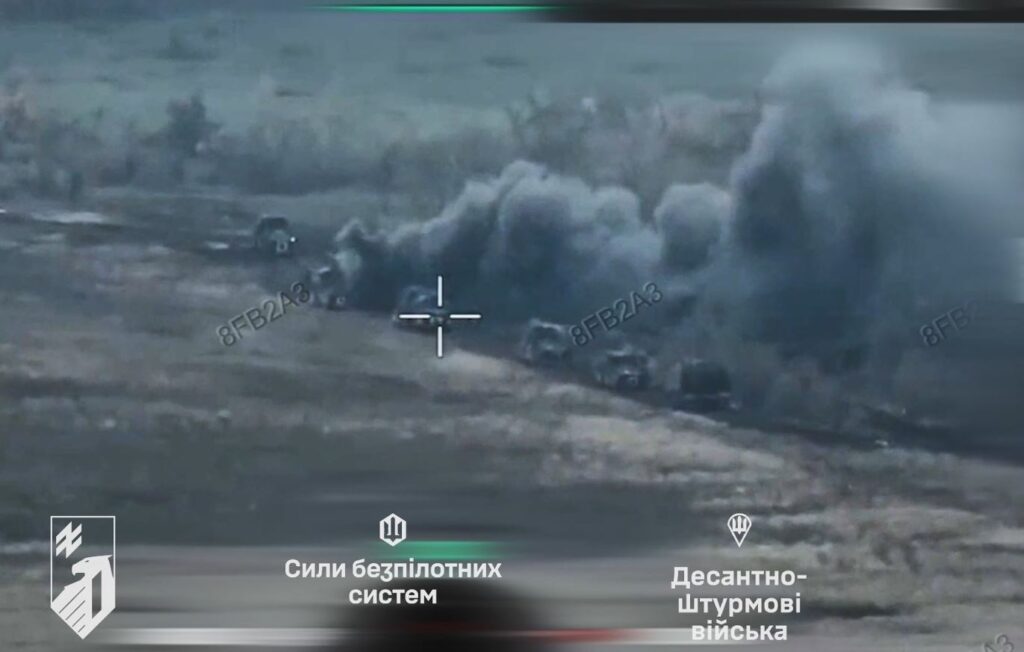


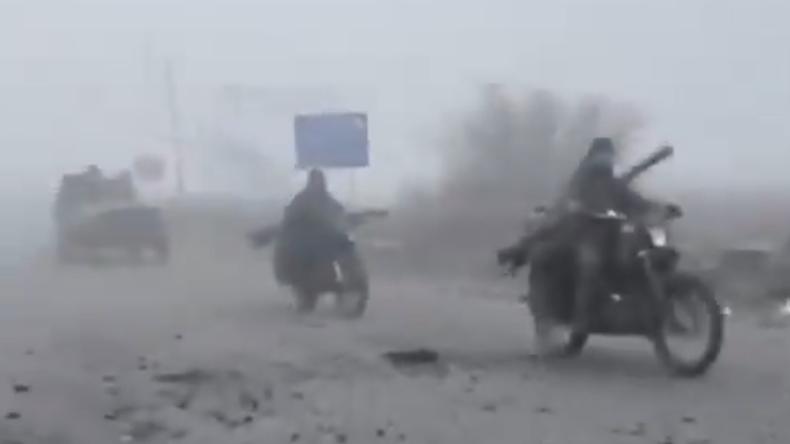
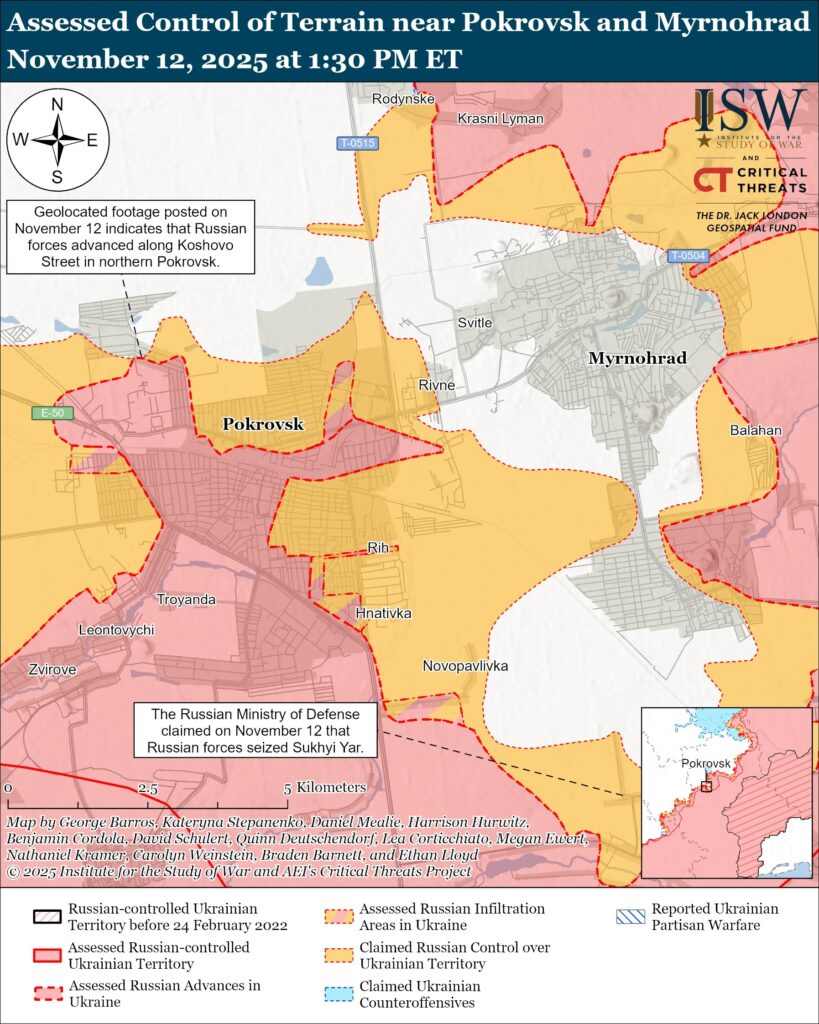
 The General Staff
The General Staff 


